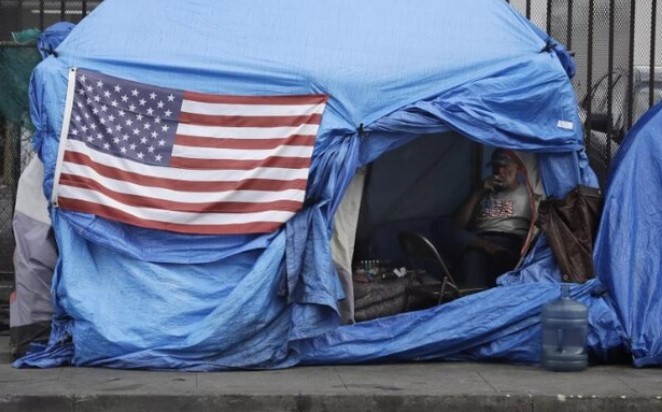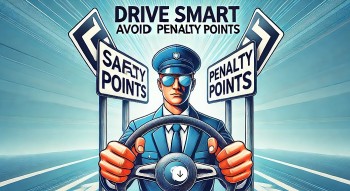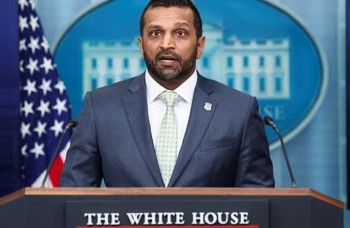America in 2025: The Ten Moments That Changed Everything
A Data-Driven Year-in-Review on the Turning Points That Redefined the Nation—and What They Mean for 2026.
2025 Was Not Just a Year—It Was a Reset
Some years ask questions. 2025 answered them.
From Capitol Hill to Silicon Valley, from the grocery aisle to remote workspaces, Americans were forced to confront a reality they had postponed since 2020: the old systems no longer work.
In 2025:
-
Rent growth outpaced wage growth for the 4th straight year, even as national inflation cooled below 3%.
-
Over $1.33 trillion in credit card debt became the new normal, with APR averages above 20.68%, the highest in U.S. history.
-
AI adoption among small businesses surpassed 60%, and more than 37% of white-collar jobs reported partial automation.
-
53% of young workers (18–34) told Gallup they would never stay at a job longer than 2 years, even with a raise.
It was the year confidence broke, patience ended, and Americans rewired their expectations.
To understand 2026, you must understand the 10 pivot points of 2025.
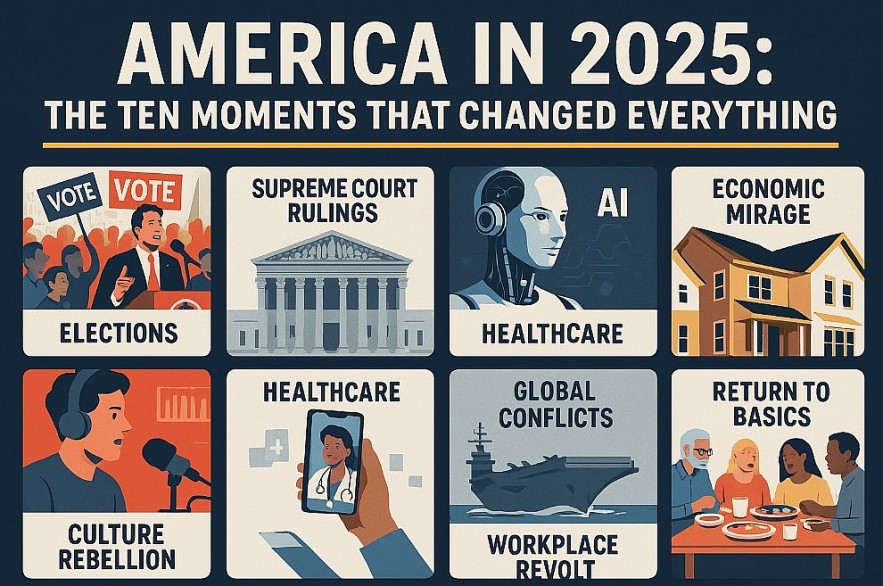 |
| America in 2025 Review |
What These 10 Moments Teach Us Going Into 20261. Americans don’t trust institutions—they trust lived experience. Economic charts don’t matter. Rent receipts do. 2. AI will split Americans into two classes—operators and spectators. The technology gap is now income gap. 3. The future is local. Rights, housing, cost-of-living, identity, community— all decided at the zip code level, not the federal level. |
1. Elections 2025: A Political Map Rewritten
The Moment
The 2025 off-year elections were expected to be quiet—they weren’t.
Voters in several decisive states broke tradition:
-
Suburban counties in Arizona, Pennsylvania, Michigan, North Carolina—areas once considered structurally “centrist”—swung sharply issue-based rather than party-based.
-
Gen Z turnout rose by double digits in campus-adjacent districts—particularly those with major student debt burdens or housing shortages.
-
Historically moderate districts punished candidates who ignored inflation, healthcare access, and wages, even if those candidates aligned with their party preference.
Why It Mattered
For the first time since the late Obama era, economics—not identity—became the single strongest predictor of ballot choices.
Voters repeated one mantra to pollsters:
“Fix real life problems or get out.”
Who Benefited
-
Candidates with housing, cost-of-living, student debt, or AI employment plans.
-
Local politicians who campaigned on healthcare transparency, rent caps, infrastructure, and small-business taxation.
Who Lost
-
Traditionalist political strategists who still campaigned on
“culture war → party → tribal loyalty.” -
Coalitions that relied on legacy identity blocs rather than economic pain clusters.
Takeaway: Americans didn’t shift left or right—they shifted downward, toward the problems at the kitchen table.
2. Supreme Court Rulings: The Geography of Rights
 |
| Protesters at U.S. Supreme Court |
The Moment
2025 saw a wave of decisions that did not simply tilt conservative or liberal—
they redistributed power between the state and the individual.
Examples Americans felt:
-
State privacy frameworks took precedence in AI applications.
-
Telemedicine restrictions became legal battlegrounds.
-
Education and online speech became subject to radically different state-level interpretations.
The result?
A new American reality:
Rights became dependent on geography.
A citizen in Austin, TX, a citizen in Madison, WI, and a citizen in Boston, MA
no longer share the same “digital life rights.”
Tech companies reframed product strategies as if America was the EU:
-
Compliance modules by state
-
Local enforcement divisions
-
Patchwork policy for AI-generated media
Winners
-
State governments with strong legislative initiative
-
Tech giants able to exploit legal fragmentation
Losers
-
Consumers whose privacy, reproductive access, or digital protections changed simply by crossing a state line.
Lesson for 2026: Federalism is not a history lesson—it is the lived daily experience of Americans.
3. AI Becomes a Utility: The Automation Revolution Arrives
 |
| Artificial Intelligence in the US |
The Moment
2025 was not about AI hype—it was about AI replacement.
-
AI agents modeled phone support, legal intake, and medical triage.
-
Freelancers ran 3–5x revenue year-over-year using automated marketing funnels.
-
AI didn’t take jobs—it dissolved boring connective tissue work.
The Numbers
-
37% of U.S. white-collar workers reported AI replacing at least one monthly task.
-
68% of students in higher ed used AI learning assistance.
-
Insurance, banking, logistics, and HR reported automation first, hiring second.
The Winners
-
Small businesses using AI to become “micro-enterprises.”
-
Teachers, programmers, accountants who learned to train models rather than rival them.
The Losers
-
Middle management, the “process layer.”
AI replaced coordination long before it replaced production.
Takeaway:
AI did not replace the working class—
it replaced the “Zoom meeting class.”
4. The Economic Mirage: “Inflation Is Down” (Except for Real Life)
The Moment
Economists cheered:
CPI fell below 3%. Wages rose on paper. Unemployment stayed low.
Americans responded:
“Where? Not in my bank account.”
The Evidence
-
Grocery price increases were sticky, not cyclical.
-
Power bills rose with data center expansion.
-
Car insurance rose >18% YoY.
-
Healthcare premiums, deductibles, and ER bills soared 7–12%.
Americans discovered the difference between macro recovery and micro survival.
Confidence Index dropped, even as economists declared victory.
“The spreadsheets recovered. People didn’t.”
— A Michigan autoworker, interviewed for Detroit Local News
5. Housing: Dreams Deferred
The Moment
Rent became a crisis—not a complaint.
For the fourth consecutive year:
-
Median rents outpaced wage growth.
-
Mortgage interest rates stayed high.
-
Down payments became impossible without inheritance.
Numbers no one could ignore
-
42% of Americans under 35 lived with roommates.
-
21% of Gen Z adults moved back with parents.
-
The average home price-to-income ratio in CA and NY reached 8–12x annual income.
Millennials didn’t “fail to buy.”
They were priced out for a decade.
Winners
-
Sunbelt and “Tier-2” cities:
Austin, Raleigh, Tampa, Knoxville, Tulsa
Where people bought homes not for aesthetics, but for probability of survival.
Losers
-
Corporate landlords in NYC, SF, LA
-
Cities relying on tech wages that never returned to pre-2022 trajectory
6. The Culture Rebellion: Authenticity Over Prestige
The Moment
Hollywood had celebrities.
Americans wanted neighbors.
The most-shared videos of 2025 weren’t from coastal studios—
they came from:
-
A nurse explaining ER bill math
-
A mechanic showing how to buy a $7k used car that won’t die
-
A special-ed teacher explaining digital burnout
The Data
-
TikTok “expert educational” content grew +47% YoY.
-
Cable news viewership declined again.
-
Local YouTube channels passed legacy newspapers in engagement.
“We’re done with elite voices who never lived our lives.”
— Comment from a viral Ohio livestream
7. Healthcare: The System Broke, The Patients Adapted
 |
| Healthcare workers in the US also need holidays and vacations to recharge. |
The Moment
Not enough doctors.
Not enough nurses.
Not enough support infrastructure.
Americans didn’t argue.
They improvised.
-
Telemedicine surged in urban and rural areas alike.
-
AI symptom triage replaced clinic intake.
-
Preventative communities—yoga, church health groups, nutrition circles—became support systems.
The New Healthcare Economy
Patients stopped asking
“Is this covered?”
and started asking:
“Can I afford to be sick?”
8. Global Conflicts: Priorities Turned Inward
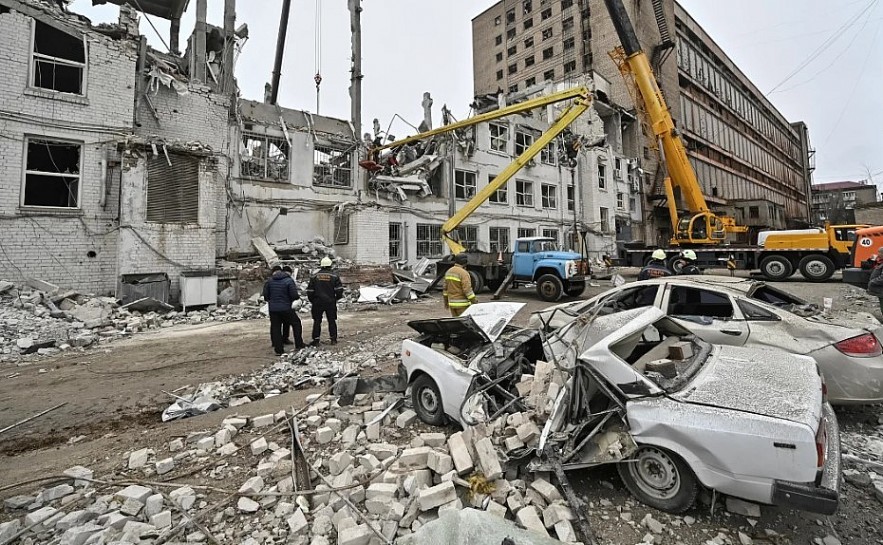 |
| Trump 'Confident' Of Ending Russia-Ukraine War 'This Week' |
The Moment
Washington didn’t lose capability—
it lost public permission.
Polls repeatedly showed:
-
Young Americans prefer domestic investment over foreign intervention.
-
Support for “forever wars” cratered.
-
Military-age voters voiced fatigue, not patriotism.
Defense contractors thrived.
Diplomacy re-entered cable news.
Veterans became some of the most skeptical voices.
“You don’t rebuild allies when you’re collapsing your renters.”
— Former Marine, Kansas City
9. The Workplace Revolt: Power to the Person
The Moment
Work stopped being a career.
It became a transaction.
Shocking numbers
-
53% of workers under 35 said they would never stay at the same employer more than 24 months.
-
29% of Americans reported a side hustle, up from 21% in 2023.
-
Remote job applications per posting increased 5–9x compared to pre-pandemic norms.
Americans asked not
“Will I be promoted?”
but
“Will this job help me escape?”
10. The Return to Human Basics
The Moment
With AI, inflation, politics, and global chaos, the biggest trend of 2025 was…
simplicity.
Americans rediscovered dinner tables,
church communities,
gardens,
book clubs,
micro-festivals,
quiet victories.
Consumer psychology pivoted from:
“More.” → “Enough.”
FAQs
Q1: Which event had the most impact on Americans in 2025?
No single event defined the year.
It was the stacking effect of economic stress + technological disruption + political fragmentation.
Q2: Why did AI matter so much?
Because it moved from “tool for tech firms” to “utility for survival.”
Teachers, small business owners, and freelancers used it daily.
Q3: Are Americans more divided?
Not ideologically—materially.
The gap is between those who feel stable and those who feel expendable.

